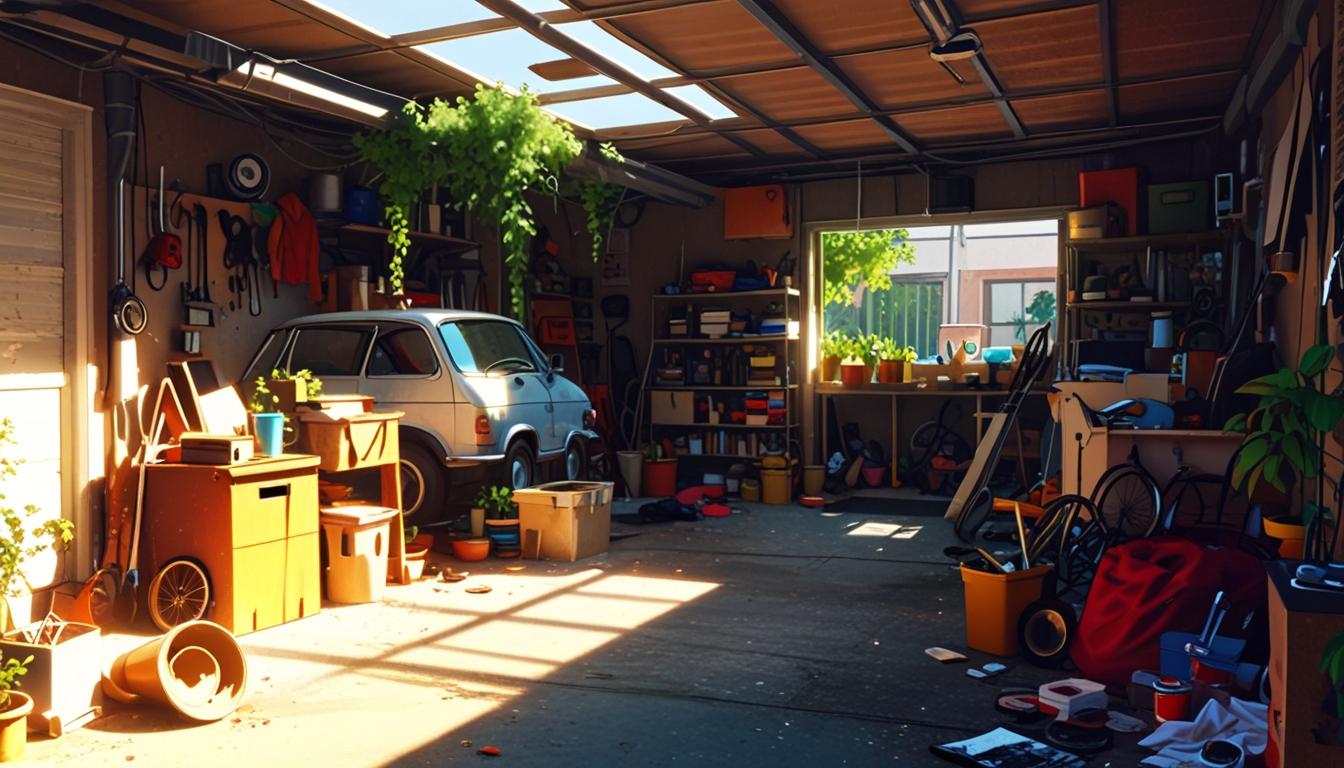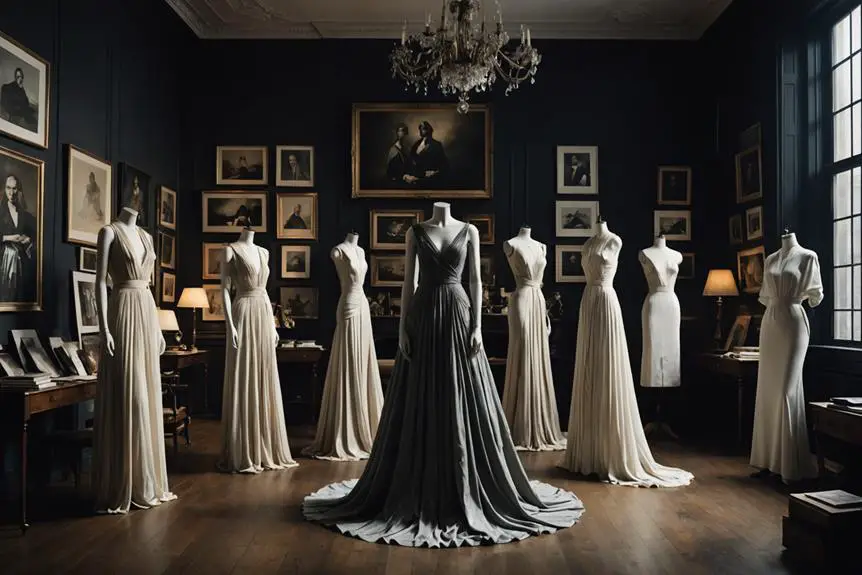Kate Schermerhorn’s film examines emotional ties to belongings while reflecting on societal issues of excess and fulfillment.
Novato filmmaker Kate Schermerhorn premiered her documentary “Do I Need This?” at the Smith Rafael Film Center last weekend, showcasing her examination of consumerism, excess, and the emotional ties individuals have to their belongings. The film reflects both her personal journey and broader societal issues related to material possessions and their impacts on happiness.
The project, which took Schermerhorn a decade to complete, evolved significantly from its inception. Initially seeking subjects who were grappling with the downsizing of a family member’s possessions or dealing with the loss of a parent, Schermerhorn ultimately decided to include her own experiences in the narrative. This decision followed the downsizing journey of her parents, who transitioned from their home in the Pacific Northwest to assisted living facilities in San Francisco and eventually to a house in San Rafael.
Schermerhorn’s narrative is enriched by her discussions with various individuals, including Fairfax collector Rudy Contratti, who reflects on the emotional significance of his extensive collection, and Bea Johnson from Mill Valley, a prominent advocate of the zero-waste lifestyle, who illustrates the minimalist approach to consumption with the small amounts of trash she generates. The film also features Marin couple Judith Selby Lang and Richard Lang, who create art from plastic and trash sourced from local beaches.
The sold-out screening attracted significant attention, and the film has additionally been presented at various organizations including the Fairfax Women’s Club, Genentech, Apple, and AARP. Schermerhorn is open to more screenings and has plans for the film to air on PBS later this year.
Sara Robinson, a gerontologist involved with the Age and Disability Friendly Marin Network, underscored the film’s relevance to her work on caregiving and finding suitable living arrangements for loved ones. “My belief in what she’s conveyed was enough for me to say, ‘I’ll take this project on,’” said Robinson. “It’s very relatable to a broad spectrum of people.”
Throughout her filmmaking process, Schermerhorn documented her own emotional experiences, particularly when confronting items tied to memories of her marriage, which she described as overwhelming during the sorting process in her garage. “I called it the purgatory, in between the stage of my house and the landfill or some other life,” she explained.
The film poses fundamental questions about material needs and consumption in an era of excess. Schermerhorn pointed out the global environmental crisis, prompting her to consider the psychological aspects of ownership and attachment to items. “I was thinking about the way that we Americans consume and how there’s so much stuff on the planet,” she stated. Through her narrative, she aims to promote mindful consumption without guilt or shame, focusing instead on personal relevance and the pursuit of fulfillment.
Viewing the film has resonated deeply with audiences, prompting reflection on the nature of attachment to belongings. In a poignant moment, Randy Frost, author of “Stuff: Compulsive Hoarding and the Meaning of Things,” articulates the struggle of holding onto dreams represented by possessions without living in reality.
As Schermerhorn reflects on her life post-filming, she emphasizes simplicity in her needs, valuing adventure, community, creativity, family, and companionship over material wealth. The film serves not just as a personal exploration but as a broader dialogue about the relationship between belongings and life’s deeper meanings. Further details and information about the film can be found at doineedthis.org.
Source: Noah Wire Services




